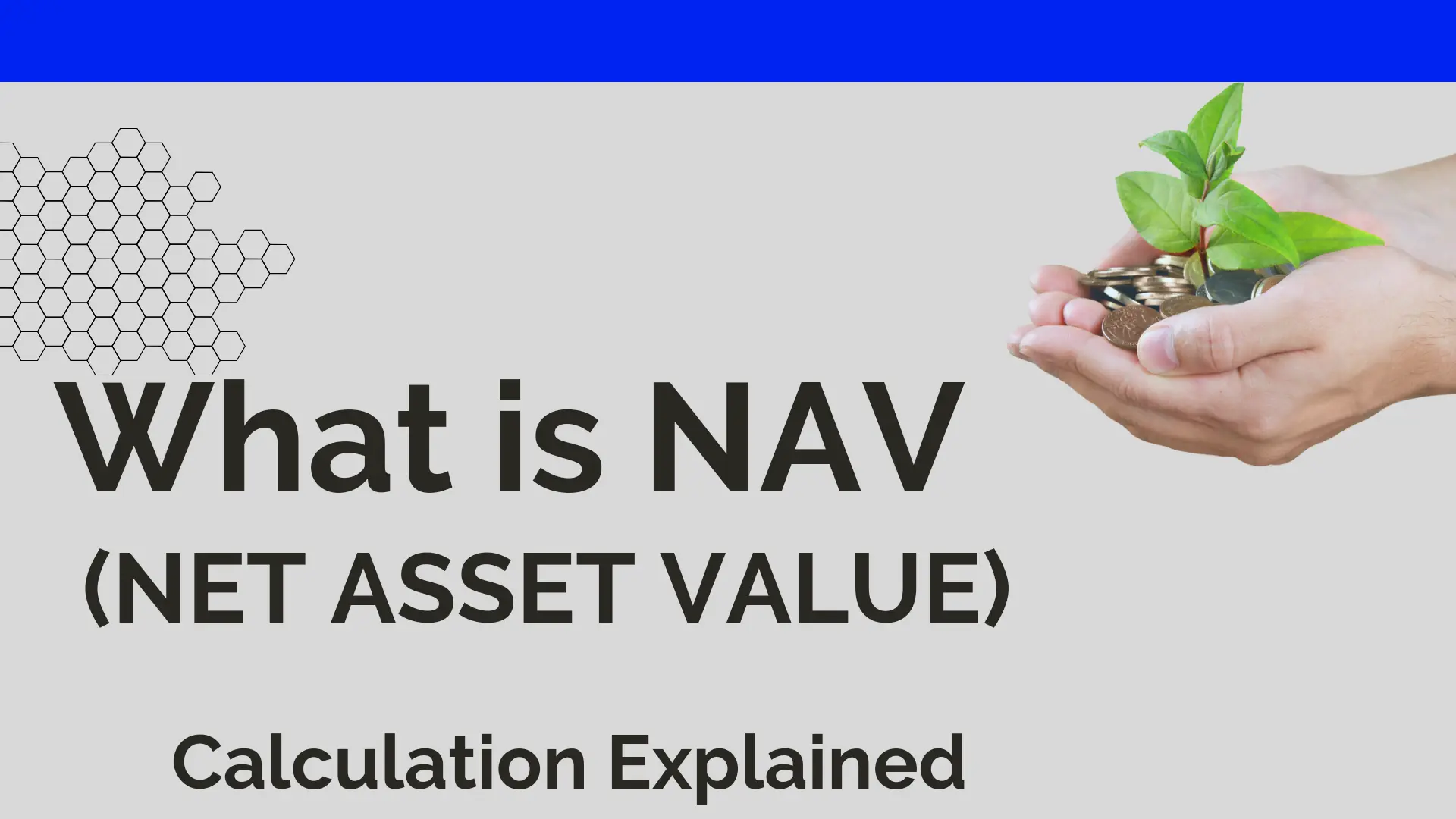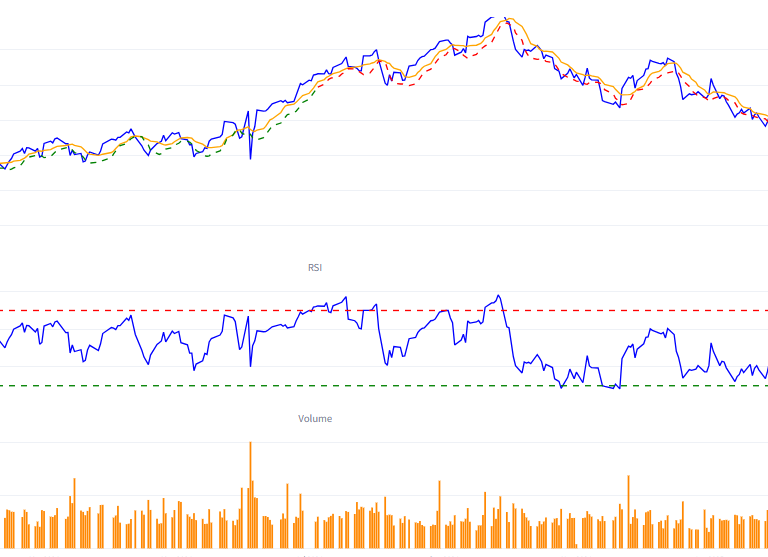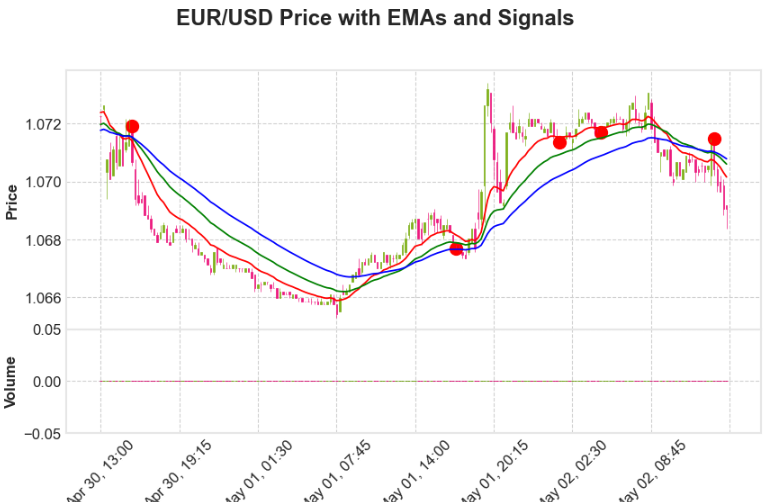Why NAV (Net Asset Value) Important?
On June 4, 2024, as the Indian election results were announced, the market experienced a significant crash. Sensing an opportunity, many investors decided to put their money into mutual funds. However, there was a catch—they were allotted the NAV of the next day, June 5, when the market had already bounced back by 2%. Naturally, these investors felt shortchanged. They had expected to buy in at a low point, but ended up paying more. This incident underscores just how crucial understanding NAV is in the world of mutual funds.
What is NAV?

NAV, or Net Asset Value, is essentially the per-unit value of a mutual fund. It’s calculated at the end of each trading day based on the market prices of the securities in the fund’s portfolio. Think of it as the price per share of the fund.
Here’s the formula for NAV:
Breaking Down NAV:
- Total Value of Assets: This includes the market value of all the securities the fund holds—stocks, bonds, etc.
- Liabilities: These are the expenses related to running the fund, like management fees and administrative costs.
- Number of Outstanding Units: This is simply the total number of shares or units issued to investors.
Example of NAV Calculation with a Portfolio
To illustrate how NAV works, let’s consider a mutual fund with five stocks in its portfolio.
Day 1 Portfolio Value:
Day 1 Portfolio Value
| Stock | Number of Shares | Price per Share (Rs.) | Total Value (Rs.) |
|---|---|---|---|
| Stock A | 1,000 | 50 | 50,000 |
| Stock B | 2,000 | 30 | 60,000 |
| Stock C | 1,500 | 40 | 60,000 |
| Stock D | 500 | 200 | 100,000 |
| Stock E | 1,500 | 5 | 7,500 |
| Total Portfolio Value | 277,500 | ||
- Number of Outstanding Units: 27,500
- NAV: Rs. 10.00 (277,500 / 27,500)
On Day 2, the stock prices change as follows:
- Number of Outstanding Units: 27,500
- NAV: Rs. 10.3455 (284,500 / 27,500)
The fund has made a one-day profit of Rs. 7,000. This needs to be distributed among the investors proportionally, reflected in the new NAV of Rs. 10.3455.
Day 2 Portfolio Value
| Stock | Number of Shares | New Price per Share (Rs.) | New Total Value (Rs.) |
|---|---|---|---|
| Stock A | 1,000 | 51 | 51,000 |
| Stock B | 2,000 | 31 | 62,000 |
| Stock C | 1,500 | 41 | 61,500 |
| Stock D | 500 | 202 | 101,000 |
| Stock E | 1,500 | 6 | 9,000 |
| Total Portfolio Value | 284,500 | ||
Impact on Investors:
Here’s how the new NAV affects each investor:
Investor A (1,000 units):
- Day 1 Value: Rs. 10,000
- Day 2 Value: Rs. 10,345.50
Investor B (2,000 units):
- Day 1 Value: Rs. 20,000
- Day 2 Value: Rs. 20,691.00
Investor C (5,000 units):
- Day 1 Value: Rs. 50,000
- Day 2 Value: Rs. 51,727.50
Investor D (8,000 units):
- Day 1 Value: Rs. 80,000
- Day 2 Value: Rs. 82,764.00
Investor E (11,500 units):
- Day 1 Value: Rs. 115,000
- Day 2 Value: Rs. 118,973.25
Each investor’s investment value has gone up by the same percentage. When we add up all the new investment amounts, we get the new fund value of Rs. 284,500.
Key Points to Remember:
Here are a few key takeaways about mutual funds and NAV:
- Collective Investment: A mutual fund is a pool of money from different investors, all aiming for a common investment goal.
- Common Objective: The investment objective is the same for everyone in the fund, ensuring all are on the same page.
- Daily Fluctuations: The NAV fluctuates daily based on the performance of the underlying investments and the costs of running the fund.
- Transparency: The NAV is calculated at the end of each trading day, providing a clear picture of the fund’s value.
A Thought-Provoking Question:
Suppose your father-in-law wants to invest Rs. 75,000 on Day 3. At what rate will you issue the shares to him? Would it be at Rs. 10 (initial value) or Rs. 10.3455 (new notional value)?
Conclusion
Understanding NAV is essential for mutual fund investors. It helps you track the fund’s performance and ensures fair treatment for all investors. By keeping an eye on NAV, you can make better, more informed investment decisions.
You can check NAVs of every mutual funds from this link.
If you are new to algotrading you can utilise our content to learn Algo trading.



